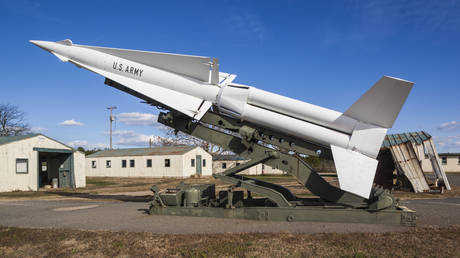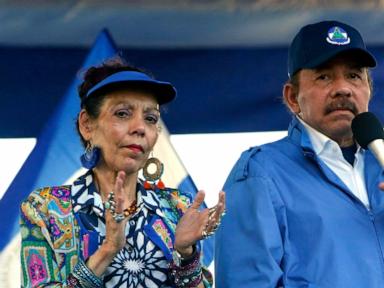ARTICLE AD BOX
Blockchain sharding, worded in the most succinct way possible, is the division of network activity into smaller, more manageable parts, to enhance performance and scalability. Execution sharding, more specifically speaking, involves breaking down the execution of smart contracts into smaller, more efficient pieces. Tahir Mahmood, co-founder of KRNL, and kOS, the company’s flagship product, are disrupting the execution sharding landscape with a fresh, innovative, and breakthrough approach
Should KRNL’s approach genuinely differ from traditional methods, such as data sharding, network sharding, and other approaches to execution sharding, it would prove critical to the future of dApps.
Sharding in Web3
Execution sharding is typically done using co-processors or separate environments, which can introduce inefficiencies and centralization issues. “Currently, the way people implement the equivalent of execution sharding is they tend to do it from the wallet level, or a different layer and different network altogether, as a way of managing the execution,” Tahir explains. “What we’re doing within KRNL is happening natively on the node, so that way it’s part of the standard transaction flow. It’s not a separate network, and it’s not a separate environment.”
People currently consider execution sharding to be tied to co-processors, which are dedicated environments. KRNL has an alternative approach, Tahir explains, “What we’re doing is we’re bringing the concept that all these layer ones and layer twos with all this functionality built on them, can be exposed without having to create unique specific environments, which is actually what co-processors are,” Tahir adds.
KRNL’s breakthrough solution
KRNL’s approach to execution sharding is fundamentally different from others looking to solve the sharding dilemma.
“Some protocols and projects are sharding at the consensus layer of the blockchain. Others are doing it as a proxy layer in front-end of the wallet but this places it outside of the native Ethereum architecture. This leads to a solution that lacks critical security,” Tahir explains. “We are taking a different approach by doing it natively on the node. This is a best-of-both-worlds scenario, making you natively part of the transaction flow, while allowing you to run computation pre-transaction with the requisite security.”

This approach allows KRNL to create a more efficient and secure system with kOS. Tahir states that
“We’re creating something that is much more than co-processors, which are dedicated environments. What we’re doing is exposing the functionality on different chains without having to create unique specific environments.”
kOS is being dubbed the “Superconnector”, offering app builders frictionless access to functions natively on the chain, making it inherently different from the existing suite of execution sharding solutions on the market. Unlike what LayerZero (LZ) does for assets, KRNL’s Superconnector makes boundless functionality available anywhere and by anyone, but with a more decentralized and secure approach. This ensures that application builders can access and utilize functions across different chains with minimal overhead, enhancing both performance and security.
Taking execution sharding omni-chain
KRNL’s long-term vision, Tahir shares, is to create a holistic ecosystem that enables developers to build truly decentralized applications without the inefficiencies and centralization issues that come with co-processors and other existing solutions. Thus, by enabling the execution of functions across multiple chains, KRNL is paving the way for more efficient and secure dApp development.
“We’re able to utilize the whole plethora of all those environments natively as they are, without having to do the heavy lifting to create something that is unique and specific as a co-processor,” Tahir notes.
 Image: Illustration of kOS architecture and how it works
Image: Illustration of kOS architecture and how it worksKRNL’s Superconnector, kOS, is a reimagining of how execution sharding should be implemented. By enabling frictionless access to functions natively on-chain, KRNL breaks down all barriers to omni-chain dApp building. Make note, this is a game-changer for worldwide, democratized, and streamlined dApp developments. Even more importantly for developers, they will be able to register and monetize the features they create on KRNL’s upcoming marketplace.
Tahir & KRNL’s Future Vision
Tahir aims to expand KRNL technology from Ethereum to other EVM and non-EVM chains, creating a holistic ecosystem. “We see developers and builders being able to build feature-rich real-world applications with very little work, almost no code, and low-code solutions,” Tahir states.
This approach will allow developers to build more robust applications more quickly and efficiently.
“You’re now able to say, ‘I want to do XYZ on chain and off chain in the Web2 world,’ because that’s what really brings real-world applications to life,” Tahir adds.
KRNL’s innovative approach to execution sharding through the Superconnector will redefine how we think about decentralized applications. The future of execution sharding lies in KRNL’s natively on-chain approach, which is set to revolutionize the Web3 landscape, making real-world applications more accessible and robust.
The post KRNL Labs: Redefining Execution Sharding in 2024 appeared first on CryptoSlate.
.png)
 5 hours ago
2
5 hours ago
2








 English (US)
English (US)